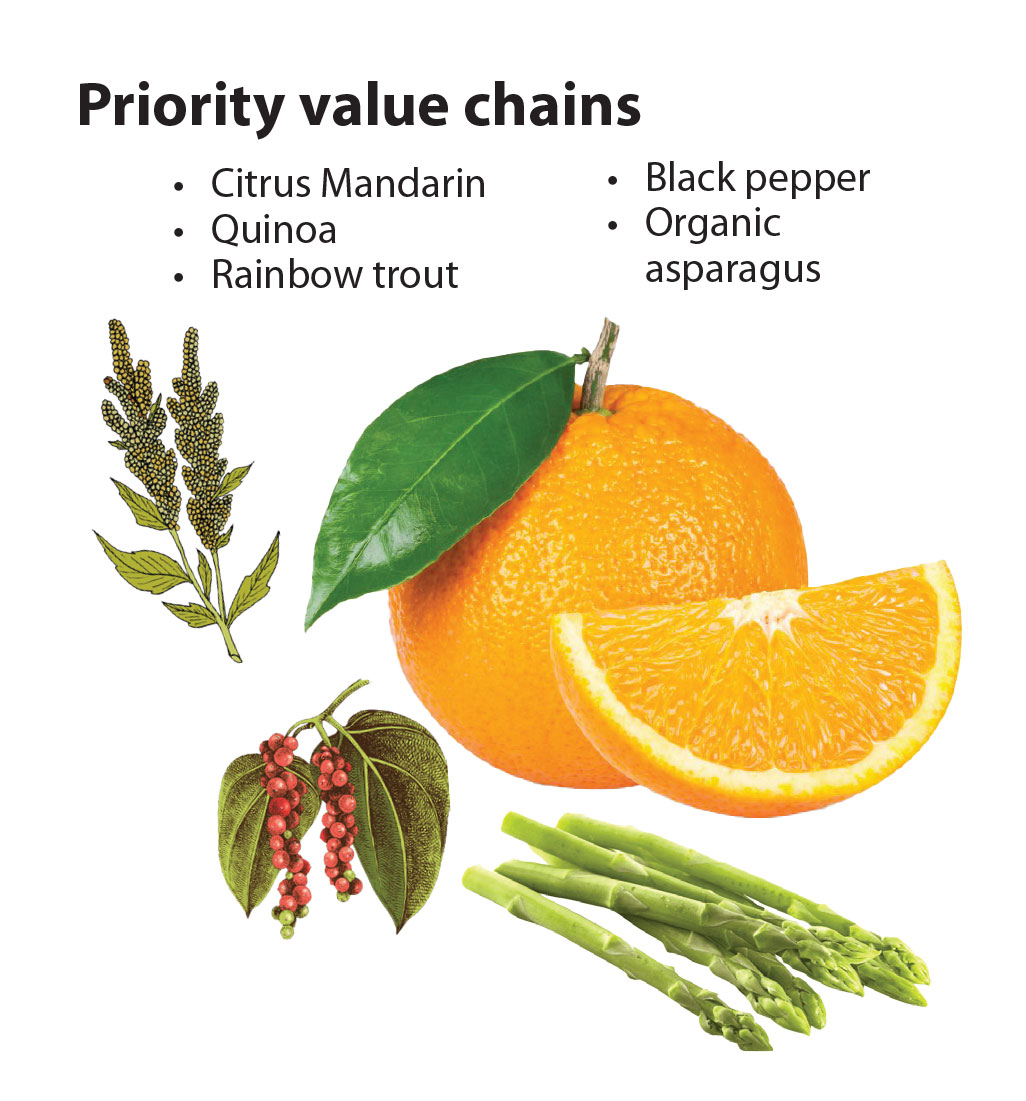YK Poudel
The Ministry of Agriculture and Livestock (MoAL) will establish four agricultural food hubs in Paro, Sarpang, Mongar and Wangdue in its 13th Five Year Plan.
Senior planning officer at Policy and Planning Division, MoAL, Sonam Pelgen, presenting on “Food security and food sovereignty in the context of climate change,” at the symposium “Road to Dubai: Bhutan story at COP28,” organized by Bhutan Ecological Society, said that agriculture is a major source of employment, mostly traditional with a modest contribution to GDP.
“Food security is vital as the rice cultivation has reduced by 1.6 percent from 69,188 acres in 1981 to 41,418.86 acres in 2020,” he said.
The construction of agricultural food hubs is a part of the Hand-In-Hand (HIH) initiative—which aims to increase productivity, competitiveness, economic growth, income and proactively mitigate carbon emissions to ensure persistence in nature, biodiversity and ecosystem services.
Mountain communities are vulnerable and first to face climate change impact—with agri-food sector being one of the most vulnerable sectors. The GHG from agri-food sector is close to 60 percent (2,183.25 ktCO2e).

The agriculture minister, Yeshey Penjor, presented the report at the third World Food Forum 2023 flagship event that concluded last week in Rome. He said that priority sectors such as food system value chain of both agriculture and livestock, including urban agriculture are focussed under the HIH initiative.
“Regarding the investment, the government investment focus has been on irrigation, human-wildlife conflict management, protected agriculture, land development and a small portion on market infrastructures,” he said.
The HIH initiative facilitates investments in eight of 20 dzongkhags, unlocking untapped agricultural potential for both investors and farmers.
“These socially inclusive investments promise high returns for farmers, elevating farm incomes and reducing poverty,” he said.
The initiative prioritises transparent, innovative, and impactful investments in Bhutan’s Special Agricultural Products (SAP), offering production and market advantages.
Bhutan has engaged the HIH initiative to support four priority areas: enterprise development and marketing; climate-smart agriculture and sustainable farming; food security and nutrition; and GIS platforms and digitalisation of farming.
The Government has undertaken baseline studies to identify key constraints and opportunities. Together with the Hand-in-Hand task force team, the government has initiated the development of typologies.
Bhutan has an arable land of 2.75 percent which contributes 14.67 percent to GDP. The agriculture sector provides 43.5 percent of employment.
Strategies to achieve self-sufficiency and increased marketable surplus include improving agricultural practices to produce more fruits, vegetables, cereals, and livestock products while also reducing CO2 emissions from agriculture for long-term sustainability.
Hand-in-hand initiative supports the implementation of nationally led programmes to accelerate agri-food systems. The programme uses geo-spatial modeling and analytics as well as a partnership-building approach to improve market-based transformation of agri-food system—to raise income, improve nutritional status and well-being of people and strengthen resilience to climate change.
Hand-in-hand initiative was launched in 2019 as a flagship of the Food and Agriculture Organization of the United Nations.


